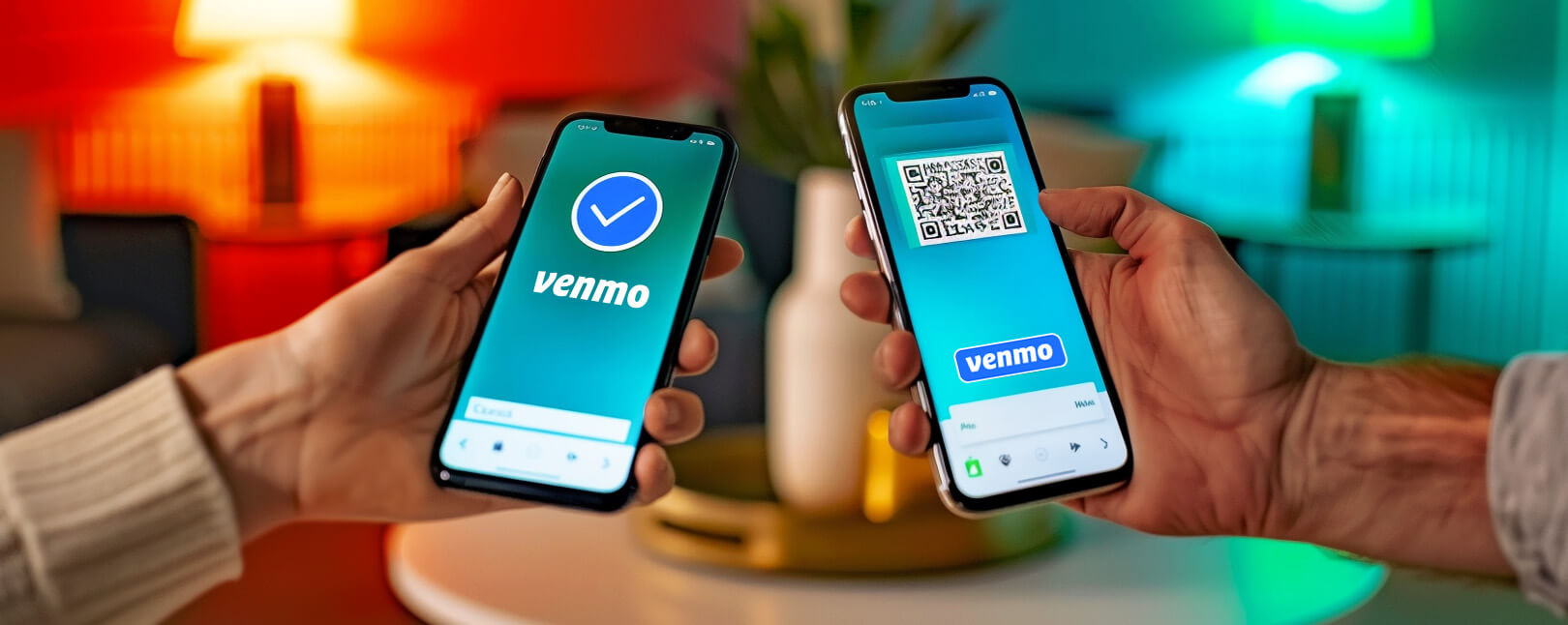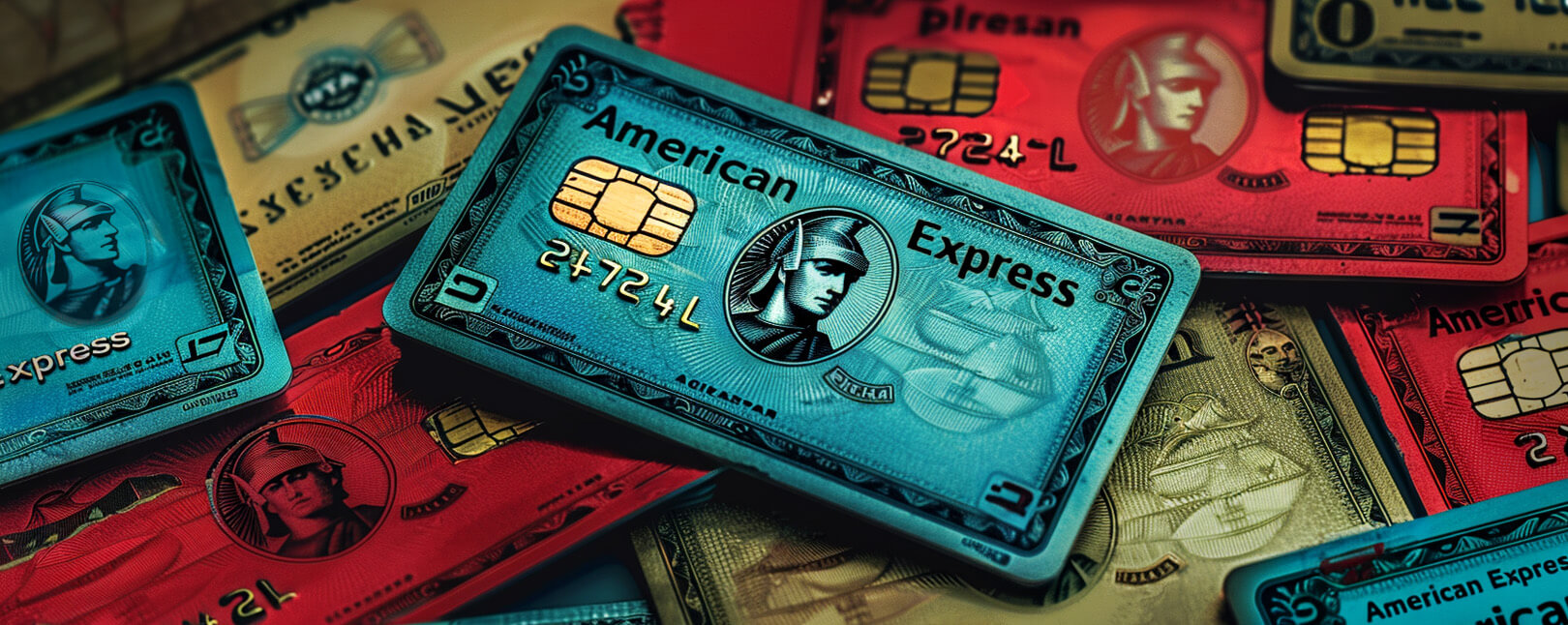10 Tips to Prevent Fashion Chargebacks & Other Apparel Industry Disputes
Fashion plays a pivotal role in today's world.
What people wear reflects their personal identity, as well as cultural trends and societal values. In the age of personal branding and social media, fashion has become a means to express ourselves to the world. However, the rise in fashion chargebacks poses a significant threat to the industry.
Consumer chargebacks, often triggered by dissatisfaction or fraudulent intentions, can lead to revenue losses for retailers and erode trust in online shopping. These issues can strain business relationships and lead to additional costs, potentially increasing consumer prices.
Chargebacks introduce instability to the market, threatening the viability and growth of the fashion industry as a whole.
Recommended reading
- Venmo Chargebacks: How Do Disputes Work on Venmo?
- Bank of America Disputes: Here's What You Need to Know
- Wells Fargo Disputes: Chargeback Rules & Things to Know
- American Express Chargebacks: Rules & Time Limits & More
- Stripe Chargeback Guide: Time Limits & Other Info You Need
- What is a Bank Chargeback? What Makes Them Different?
Fashion Chargebacks: At a Glance
We should clarify this up front: the term “fashion chargeback” can refer to two distinct chargeback processes: retailer-facing (B2C) or supplier-facing (B2B) chargebacks.
First, there are chargebacks filed by a consumer against a clothing retailer for damaged, missing, or otherwise unsatisfactory items. These disputes will be the main focus of the article.
There are a few factors that have contributed to the rise of fashion chargebacks in recent years. High transaction volumes are one issue; when retailers have to process a large number of transactions, they have less time and bandwidth to devote to reviewing and scrutinizing each purchase.
Resale value is another factor. Fashionable, hyped clothing brands are popular targets for fraudsters, because they know they can quickly and easily resell goods for a lot of cash.
Wardrobing and price switching are both common forms of return fraud, which is another problem endemic to the fashion industry. Sellers sometimes react against suspected return fraud by rejecting return requests. If that happens, the buyer may escalate the dispute to a chargeback.
Why Do Consumers File Fashion Chargebacks?
On the consumer end of things, chargebacks are a means to get a refund for unsatisfactory items from an uncooperative or unresponsive retailer.
If they have a legitimate reason to file the chargeback, the customer’s issuing bank may file a chargeback against the retailer. This will remove the original transaction funds from the retailer’s account and return them to the customer. Every time this happens, the retailer is charged a non-refundable chargeback fee to cover the bank’s costs associated with the chargeback.
Here are some common reasons consumers cite for filing chargebacks against clothing and apparel retailers:

There’s an inherent challenge to shopping for fashion and accessories online. You’re buying clothing without physically seeing, trying on, or feeling the products. That’s why fashion chargebacks can be so commonplace.
Both merchants and consumers need to communicate effectively and try to resolve disputes amicably whenever possible.
What About Chargebacks Filed by Retailers?
There are also chargebacks filed by retailers against their suppliers. Supplier chargebacks are essentially a way for retailers to ensure that their vendors are accountable for following the terms of their contracts.
In practice, they’re a financial penalty that retailers impose on suppliers or vendors for mistakes or discrepancies in the merchandise they provide. For instance, if a clothing brand sends a shipment to a retailer and there's a mistake in the shipment, the retailer may issue a chargeback to the vendor for the mistake. This chargeback can cover the costs of correcting the mistake, such as repackaging, relabeling, or even restocking fees.
Several factors can trigger these chargebacks:
The prevalence of fashion supplier chargebacks underscores the importance of clear communication between retailers and suppliers.
To mitigate these issues, suppliers should diligently understand and adhere to retailer guidelines and requirements. On the other hand, retailers should ensure their guidelines are clear and that chargebacks are applied fairly.
How Do Chargebacks Impact the Fashion Industry?
Fashion chargebacks hurt the industry as a whole. The more disputes that are filed, the more risky the utility service appears. That leads to higher processing fees, stricter operating limitations, and more.
Chargebacks can lead to:
Learn more about chargeback costsChargebacks hurt everyone involved in the process. Sometimes even the customers that file them. This is why it’s so important for utility providers to keep ahead of the curve by implementing a few best practices to limit overall industry exposure.
10 Tips to Prevent Fashion Chargebacks
Apparel retailers and suppliers must proactively address chargeback issues. The keys to this are improved communication, enhanced customer satisfaction measures, and effective dispute resolution when necessary.
Your firm needs to embrace a customer-centric approach focused on transparency and satisfaction. This proactive approach fosters trust, prevents misunderstandings, and ensures customers make informed purchase decisions.
To that end, we recommend these 10 best practices to decrease your overall chargeback issuances:
#1 | Communicate Clearly
Ensure that all terms, requirements, and other crucial information are clearly communicated to customers. Using plain language and avoiding industry jargon that may confuse or mislead customers is crucial. Providing comprehensive documentation and offering opportunities for customers to ask questions can enhance their understanding and reduce the likelihood of chargebacks resulting from a misunderstanding.
#2 | Educate Customers
Educating customers is essential. You should offer resources like user-friendly guides, online portals, dedicated customer support, etc., to help customers. Regular communication, reminders, and updates about any changes to service or upcoming renewal dates can also minimize confusion and prevent disputes.
#3 | Clarify Billing Practices
Accurate billing practices are critical to prevent billing disputes and chargebacks. You should ensure that invoices and statements are error-free, indicating the services provided, associated costs, and any adjustments or refunds. Billing transparency and easy-to-understand itemization can help customers recognize and validate charges, reducing the chances of chargebacks.
#4 | Provide Training
Conducting comprehensive training for sales representatives who engage with customers is crucial. This training should emphasize accurate representation of terms and ensure that sales agents thoroughly understand the products and can effectively communicate them to potential customers.
#5 | Prioritize Customers
Maintaining strong customer service is vital for addressing customer concerns and resolving issues promptly. By offering accessible communication channels, such as phone, email, or live chat, you can proactively assist customers, clarify uncertainties, and address complaints before they escalate to chargebacks. Timely and empathetic customer support can go a long way in preventing disputes.
#6 | Ensure Compliance
Staying up-to-date with industry regulations and adhering to best practices for data security and privacy can minimize potential compliance issues. Complying with regulatory requirements can reduce the risk of penalties, legal disputes, and subsequent chargebacks.
#7 | Automate Reminders
Automated payment reminders can help customers stay informed about upcoming due dates and avoid missed payments. Sending timely notifications through email, text messages, or mobile apps can prevent accidental lapses in service.
#8 | Improve Documentation
You should ensure that any policy documentation is comprehensive, easily accessible, and written in customer-friendly language. Clear and detailed terms, service limitations, exclusions, and procedures can minimize misunderstandings and disputes.
#9 | Enhance Verification
Implementing thorough verification processes during a transaction can help confirm customers’ identities, intentions, and understanding of the service. This can include additional authentication measures or validation checks to mitigate instances of fraudulent or unauthorized transactions.
#10 | Seek Feedback
Regularly seeking customer feedback through surveys, satisfaction ratings, or online reviews can provide valuable insights into which improvement may be necessary. Addressing customer concerns promptly can help prevent frustrations from escalating into chargebacks and demonstrate a commitment to customer satisfaction.
Learn more about chargeback preventionChargebacks Require a Better Solution
Combining the best practices outlined above can help your company create a solid framework to minimize fashion chargebacks. You can also enhance customer satisfaction and ensure a smooth and secure experience for customers in the process.
All that said, a piecemeal strategy won’t be effective. True fraud prevention and risk mitigation require a more comprehensive approach. Fortunately, we can help.
Chargebacks911® offers a true end-to-end technology platform that prevents more disputes, wins more reversals, and maximizes your ROI. Contact us today for more information on improving customer service to prevent chargebacks.
FAQs
What is a chargeback in fashion?
This refers to chargebacks filed by a consumer against a clothing retailer for damaged, missing, or otherwise unsatisfactory items. There are a few factors that have contributed to the rise of fashion chargebacks in recent years, including high transaction volumes, high resale value, and return fraud.
Can you get in trouble for a chargeback?
Yes, it can happen.
Illegitimate chargebacks, also known as "friendly fraud," can occur when a customer intentionally disputes a legitimate charge. The buyer may falsely claim that the charge was unauthorized or incorrect. Even though they may have received the product or service, they attempt to deceive the merchant and financial institution to recover the funds. This behavior can have legal consequences, depending on the scale of the incident.
What are chargebacks in apparel manufacturing?
Supplier chargebacks are essentially a way for retailers to ensure that their vendors are accountable for following the terms of their contracts. In practice, they’re a financial penalty that retailers impose on suppliers or vendors for mistakes or discrepancies in the merchandise they provide.














